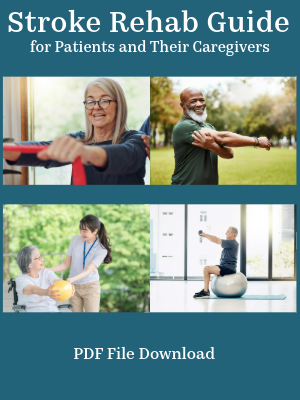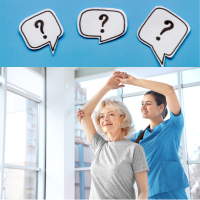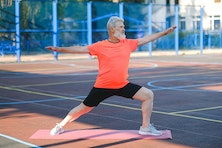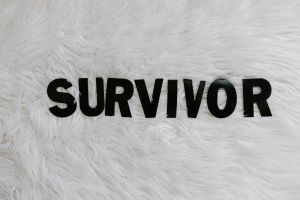Types of Stroke
You may have heard various names for types of stroke and have no idea what they mean. In addition the medical term for stroke is cerebrovascular accident or CVA. Those working outside of the medical field may not realize that this term also means a stroke. Read on to gain a better understanding about the types of stroke.
Two Main Types of Stroke
There are two main types of stroke, ischemic and hemorrhagic as well as several subtypes of strokes that fall under these two categories. Medical treatment will depend on the type of stroke you are experiencing. Understanding these different types of stroke as discussed below is important for early recognition, proper treatment, and long-term management.
Ischemic Stroke
Ischemic stroke is the most common type of stroke, accounting for approximately 87% of all cases. It occurs when a blood vessel supplying the brain becomes blocked or narrowed by blood clots. This blockage prevents oxygen-rich blood from reaching the brain, leading to cell damage. Common causes of ischemic stroke include atherosclerosis (build-up of plaque in the arteries), heart disease, and blood clots originating from other parts of the body.
Ischemic stroke is divided into two types, thrombotic and embolic.
- Thrombotic = From blood clot formed within the brain
- Embolic = From blood clot that formed in another part of the body and traveled to the brain.
A thrombotic stroke is the most common of the two and occurs when a blood clot forms within a blood vessel in the brain and blocks blood flow. It is often due to a buildup of fat and lipids inside the walls of blood vessels called atherosclerosis.
An embolic stroke, on the other hand occurs when an embolus (clot or other particle) forms elsewhere in the body, travels through the bloodstream to the brain, then lodges itself blocking the flow of blood. The embolism could be from a piece of clot or atherosclerotic plaque that broke off or due to blood clots that form in people with atrial fibrillation, a condition in which the upper chambers of the heart do not beat effectively.
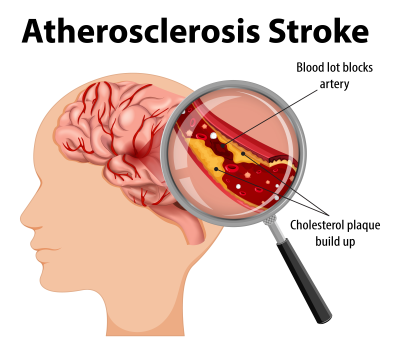 Image by brgfx on Freepik
Image by brgfx on FreepikSymptoms of ischemic stroke (both thrombotic and embolic) include sudden weakness or numbness on one side of the body, difficulty speaking or understanding speech, severe headache, and vision problems. Treatments often involve administering clot-busting medications like tissue plasminogen activator (tPA) or performing mechanical thrombectomy to remove the clot.
Hemorrhagic Stroke
Hemorrhagic stroke occurs when a blood vessel in the brain ruptures, causing bleeding into the surrounding brain tissue. This type of stroke accounts for around 13% of all cases and can result from conditions such as high blood pressure, aneurysms (weakened blood vessels), or arteriovenous malformations (AVMs) - abnormal connections between arteries and veins in the brain.
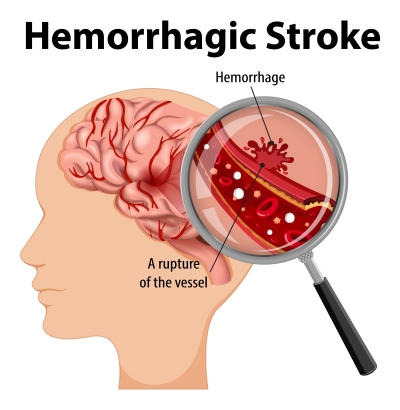 Image by brgfx on Freepik
Image by brgfx on FreepikThe symptoms of hemorrhagic stroke may include a sudden, severe headache, nausea, vomiting, seizures, and loss of consciousness. Treatment for this type of stroke focuses on controlling bleeding, relieving pressure on the brain, and repairing the damaged blood vessel. Surgical interventions or endovascular coiling techniques may be used to repair the ruptured vessel and prevent further bleeding.
Transient Ischemic Attack (TIA)
Often referred to as a "mini-stroke," a transient ischemic attack (TIA) is a temporary interruption of blood flow to the brain. Although TIAs usually resolve within a few minutes to a few hours, they should not be ignored. TIAs are considered warning signs for a potential major stroke, and their occurrence should prompt immediate medical attention. The symptoms of TIA are similar to those of an ischemic stroke but typically resolve without causing permanent damage. Get more information on TIA or mini stroke symptoms here.
Cryptogenic Stroke
Cryptogenic strokes are a subtype of ischemic stroke in which the cause remains unknown despite a thorough investigation. Despite extensive diagnostic testing, including imaging studies and blood tests, the underlying cause of cryptogenic strokes remains elusive. These strokes pose a challenge in terms of treatment and prevention, as identifying the cause is vital for preventing future occurrences.
Other Terms Used for Stroke
You may have heard of other terms for stroke such as lacunar infarct, diabetic stroke, subarachnoid hemorrhage, intracerebral hemorrhage, and so on. These all fall within either the ischemic or hemorrhagic types of stroke identified above, and you can find more information about these specific types of hemorrhagic and ischemic strokes on this website. To learn more about a stroke in specific brain structures, visit www.stroke-rehab.com/Stroke-and-Brain-Damage.html.
Identifying Stroke
How do you know what type of stroke you are experiencing?
Before starting treatment, your physician will perform an imaging test such as a CAT Scan or MRI to correctly diagnose your CVA. It is important to restore blood flow with an ischemic stroke, but for a hemorrhagic stroke, the goal is to control brain bleeding.
Strokes are a serious medical condition that requires prompt recognition and treatment. By understanding the different types of stroke, individuals can recognize the warning signs, seek immediate medical attention, and take preventive measures. Raising awareness about stroke can contribute to reducing the burden of stroke-related disabilities and saving lives. Remember, if you suspect a stroke, every minute matters so act fast to give the best chance for recovery and minimize long-term consequences. A helpful acronym is BE FAST (Balance Issues, Eyesight Changes, Face drooping, Arm weakness, Speech difficulty, Time to call emergency services).
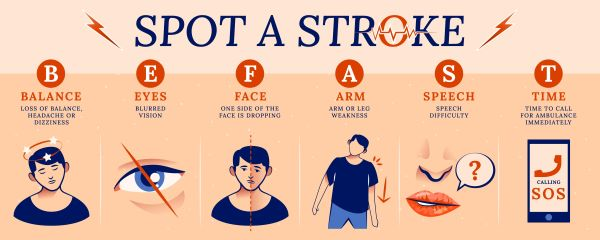 Image by Freepik
Image by FreepikRisk Factor for Strokes
The following are risk factors for stroke:
Age - stroke risk increases tenfold for each decade of life after age 55
Hereditary - risk increases if immediate family members or grandparents had a stroke
Sex - more men have strokes than women
Prior stroke, TIA, or heart attack - those who have had a prior stroke or heart attack are 2-4x more likely to have a future stroke.
High blood pressure - it can weaken and damage arteries increasing the likelihood of blood clots or hemorrhages in the brain
Diabetes mellitus - high blood sugar can damage the heart and blood vessels which can lead to a heart attack or stroke
Carotid or Artery Disease - such as atherosclerosis which can cause narrowing of the arteries
Other Heart Disease - such as atrial fibrillation, heart arrythmias, heart failure, and congenital disorders
Sickle Cell Anemia - an inherited blood disorder that causes crescent-shaped red blood cells that interfere with the delivery of oxygen to the tissues.
High Cholesterol or Hyperlipidemia
Cigarette Smoking - causes inflammation and damage to blood vessels and can lead to a plaque build-up in the arteries making it harder for the heart to pump blood. Smoking also impacts circulation by constricting small arteries. The #1 step a smoker can do to prevent stroke is to STOP smoking
Poor Diet - can lead to increased blood pressure (a risk factor for stroke) and high cholesterol which can cause a build up of plaque in the arteries and is another risk factor for stroke.
Physical Inactivity - Regular physical activity improves blood circulation, strengthens the heart, and lowers blood pressure. In contrast, a sedentary lifestyle can lead to higher blood pressure, weight gain/obesity, and a weaker cardiovascular system.
Obesity - strongly linked to an increased risk of stroke as it is associated with many factors that increase stroke risk such as high cholesterol, high blood pressure, diabetes, atherosclerosis, and heart disease.
Stroke Prevention
Making HEALTHY lifestyle choices can help prevent a stroke. Whereas making unhealthy choices will increase your risk for stroke.
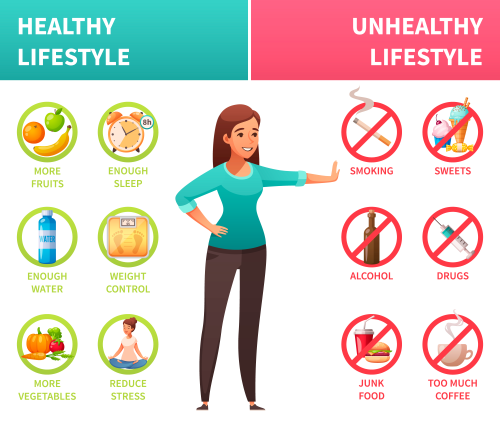 Image by macrovector on Freepik
Image by macrovector on FreepikTo help prevent stroke, take the following steps:
- Maintain a healthy weight
- Exercise regularly
- Eat heart healthy foods (fruits, vegetables, foods with fiber)
- Keep blood pressure under control (normal = less than 120/80)
- Keep cholesterol under control (keep total cholesterol less than 200, HDL over 40, LDL less than 130, and triglycerides less than 150)
- Keep blood sugar under control.
- Don't smoke.
- Take medications as directed (make sure to know the side effects of medication and interactions with other medications - always inform your MD of any medications you are taking before starting a new one).
Find out more about stroke prevention.
Get Our Stroke Rehab Guide
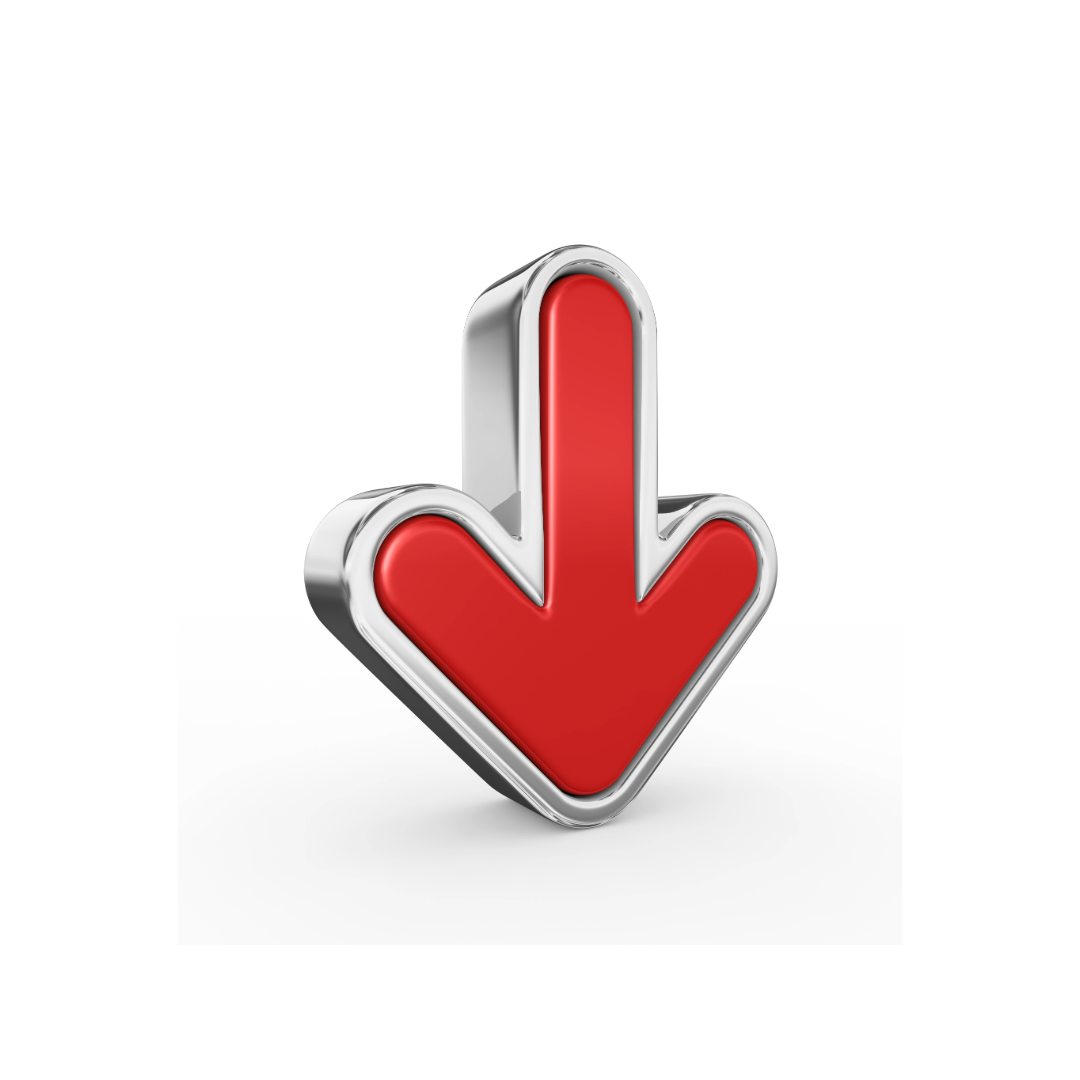
Our stroke rehab guide is designed specifically for patients and caregivers. It's in pdf format and can be immediately downloaded. It includes about
- Stroke Definition & Causes
- Stroke Treatment
- Rehabilitation Information for Physical, Occupational and Speech Therapy
- Exercise pictures
- Q&A from patients and caregivers
- Adaptive Equipment & Techniques
- How to Prevent Another Stroke & More!
Medical Disclaimer: All information on this website is for informational purposes only. This website does not provide medical advice or treatment. Always seek the advice of your physician or other healthcare provider before undertaking a new healthcare or exercise regimen. Never disregard professional medical advice or delay seeking medical treatment because of something you have read on this website. See the disclaimer page for full information.
- Home
- Types of Stroke
